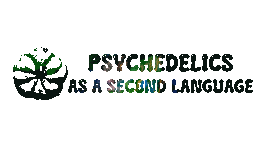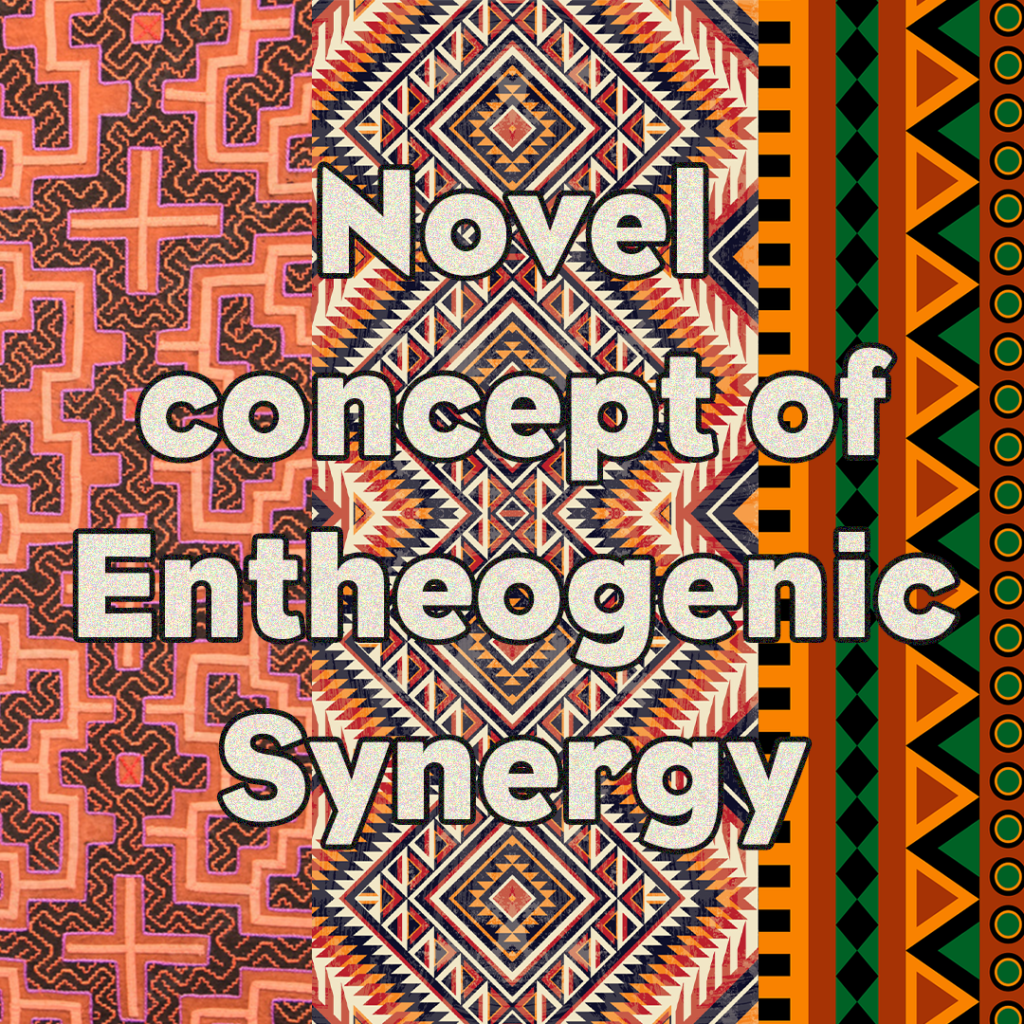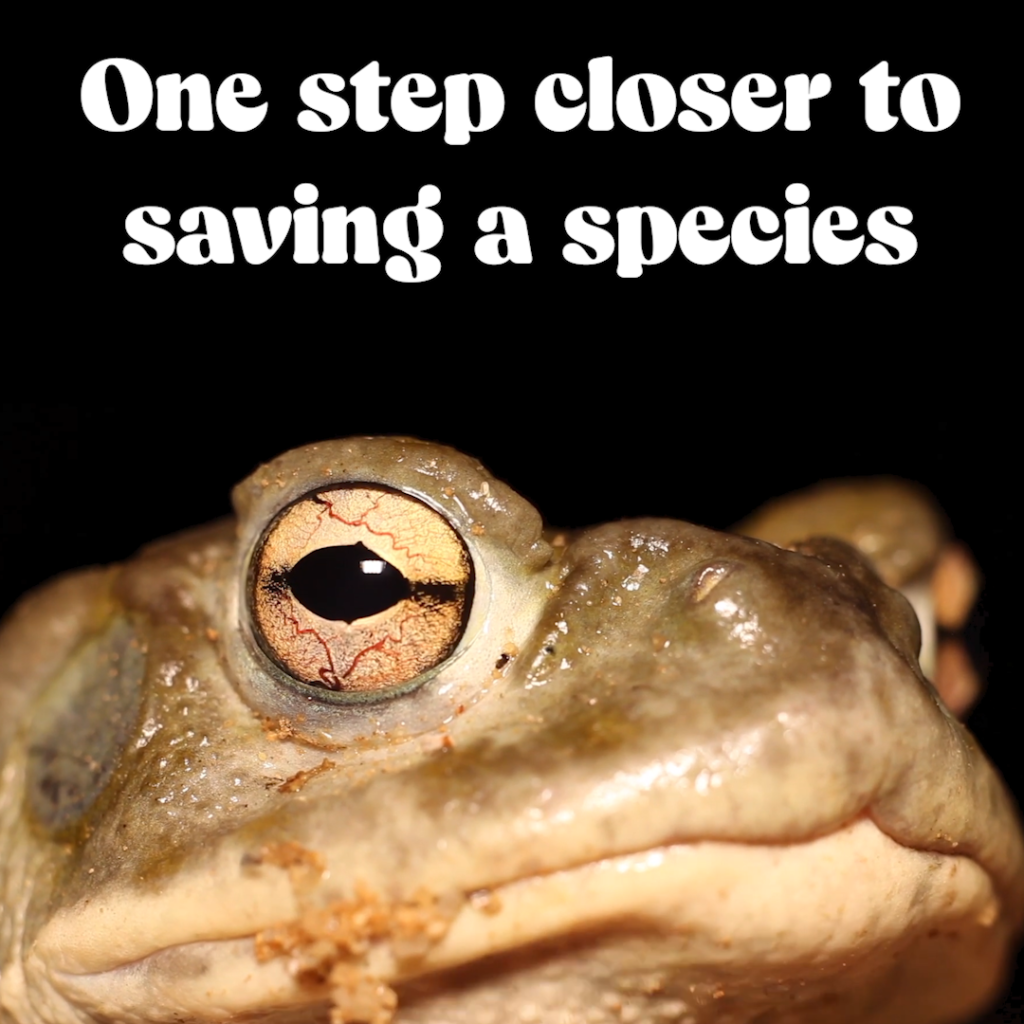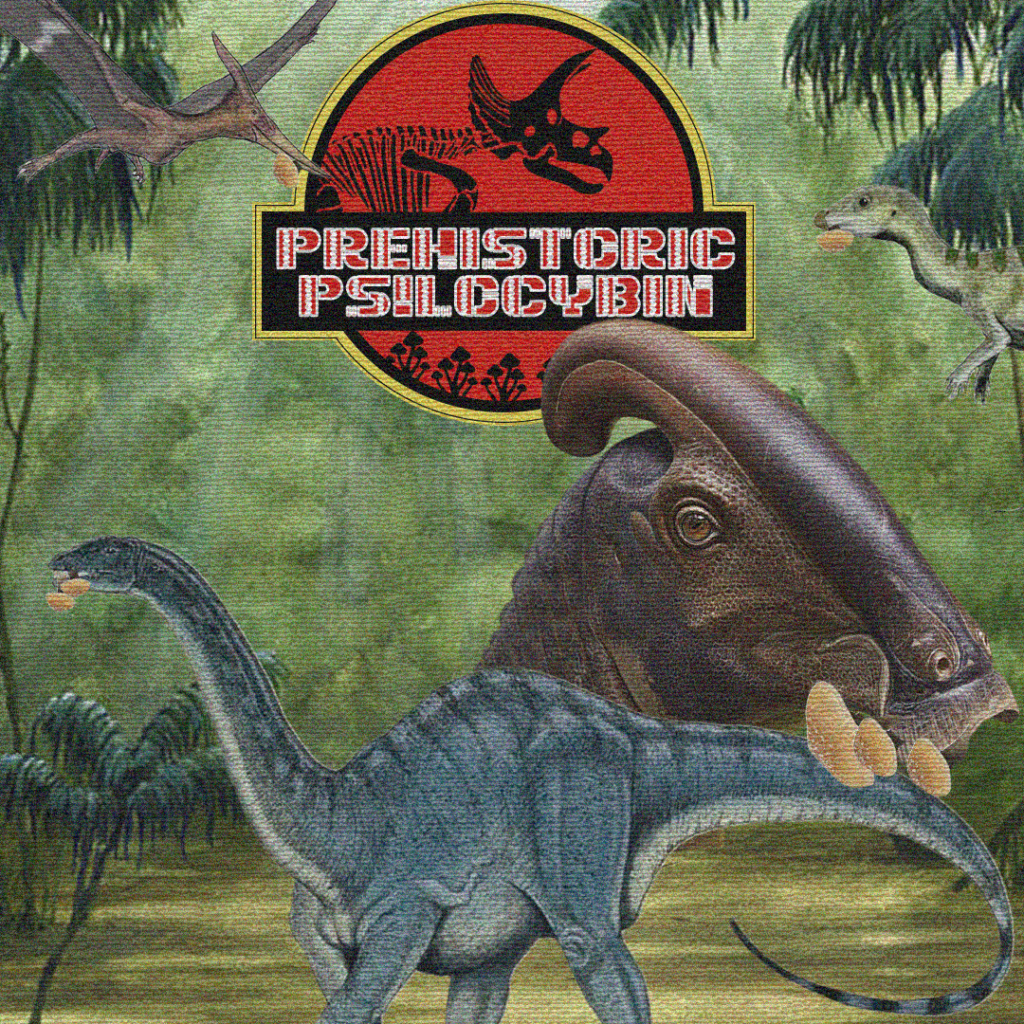Aldous Huxley’s Influence on Psychedelic Culture
Aldous Huxley is one of the many authors when we want to mention the most renowned authors.
Many people love his unique writing style and philosophy, including Alexander Shulgin, Terence McKenna, and several other scientific researchers who often mentioned his name and works.
But exactly what attracts the hallucinogen community to him?
Read more here!
Aldous Huxley’s Influence on Psychedelic Culture Read More »










